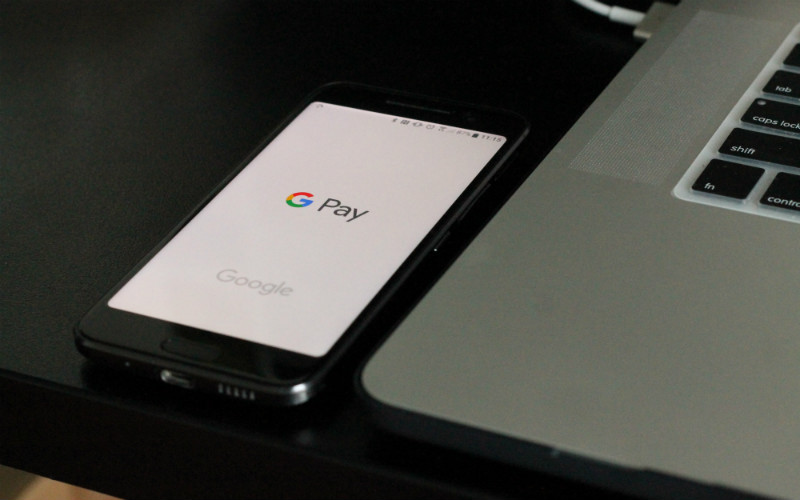Right off the bat, we’re definitely not saying you should begin accruing debt for the sake of it. We all know debt isn’t the greatest thing in the world – but a lot of the time it’s necessary and some types of debt can even help us create wealth.
The key lies in knowing the difference between good and bad debt – and there’s a big difference between the two. One can benefit your financial future while the other one can ruin it. The easiest way to tell the two apart is not by the amount of debt itself, but by what it’s spent on.
Still confused? Allow us to break down the good debt vs. bad debt conundrum for you.
What is good debt?
There’s an argument to be made that no debt is good debt. But there are cases where taking on debt will pay dividends in the future, which makes it ‘good’ debt.
In a nutshell, good debt is anything we borrow that’s used to purchase something which will either grow in value or produce income (or even better, something that will do both). Some examples of these ‘good’ debts are:
A home loan
Yes, mortgages are expensive and scary and they can take a long time to pay off. But in the long run, a home loan is usually a good investment. Property often increases in value over time, and if it’s an investment property, it may also produce income in the form of rent.
Of course, if you overextend yourself by borrowing money for a home that you can’t really afford, that debt isn’t good at all. Building equity in a home is good – being house poor is definitely bad debt.
Student loans
Student loans, like a HECS-HELP debt, allow you to get an education which should be giving you opportunities in your career and increasing your earning potential.
According to a report from the National Centre for Social and Economic Modelling, people with a university degree on average earn $1 million more in their lifetime than someone without a degree. So generally, investing in your education can really pay off in the long run. Of course, this depends on which career path you’re pursuing.
Australian government-provided student loans are often considered to be the best debt you can have because there’s no time limit on them and they’re technically interest-free (the debt only rises with inflation so as not to lose any of its real value).
Startup costs
Sometimes, you need to spend money to make money. Startup costs refer to anything that’s borrowed to build something up, like a business. Even though you may be laying down a lot of money initially, in the long run you needed to spend that cash to start earning money.
Obviously, all investments carry an element of risk, and there’s always the chance it may not pay off, but as long as you’ve considered all the risks, borrowing money to start a business may pay dividends in the long run.
What is bad debt?
Conversely, bad debt is anything that is used to fund your lifestyle or debt that’s spent on things that have no value, or that go down in value over time.
While good debt can offer potential benefits down the road, bad debt won’t leave you any better off in the long run. Some examples of bad debts are:
Consumer debt
Debt incurred for lifestyle or consumer expenses you can’t actually afford is perhaps the biggest form of bad debt.
For example, if you pay for clothes, dining out, entertainment, or furniture with your credit card and carry the balance over from month to month, you’ll keep accumulating ludicrous amounts of interest and fall deeper into debt. Meanwhile, all those fancy clothes and nice dinners out aren’t growing in value or increasing your wealth whatsoever.
Short term loan schemes like AfterPay and Zip Pay are another form of bad debt to watch out for. Provided you pay these debts back within the time limit, you’ll be just fine. But these companies count on us not making the repayments on time – and that’s when they’ll knock you over the head by charging you late fees.
Payday loans are considered to be one of the worst types of loans across the board because they’re short-term, high-cost loans. Payday lenders aren’t allowed to charge interest, so they make up for it in fees galore. Payday loans work by lending small amounts of money (generally between $100 and $2,000) which is designed to be paid back in line with when you next get paid.
Car loans
Since most cars start to decrease in value pretty much as soon as you drive them out of the lot, taking out a car loan is a classic example of borrowing money for something that only goes down in value and costs you money along the way – which is why many people put car loans straight into the bad debt basket.
But the fact is most people need a car to get around, and unless you can afford to pay for it upfront, you’ll have to take out a car loan. Think of it as a life investment – having a suitable car for your lifestyle with the latest safety features can boost your wellbeing by giving you more freedom to get around, socialise, partake in activities and have adventures.
The key is to buy a car you can afford without going over budget and borrowing more than you can comfortably afford to repay.
Sure, buying a Porsche Cayenne might make the drive to work something you even enjoy – but a second-hand Toyota Yaris will get you there just as well as a fancy-schmancy SUV. Over-borrowing to buy a flashy car might make you the envy of other road users – but it will rarely do your financial health any good.
How to avoid bad debt
As a general rule of thumb, if you can’t afford to pay for something right now, don’t buy it. It’s generally better to wait until you’ve saved up enough money and avoid risking the negative financial impact of bad debt. Those new shoes can wait!
If you’re unsure whether something falls into the good or bad debt basket, ask yourself if the thing the debt is being used to purchase will grow in value over time, increase your wealth or significantly boost your wellbeing. If it doesn’t do any of these things, it’s probably a bad debt.
Savings.com.au’s two cents
At the end of the day, debt is debt – but not all debts are created equally.
Even though some types of debt are better than others, if you have the choice between going into debt and not, you should always choose the latter – even if it means putting your purchase on hold while you save up. One of the biggest financial challenges most people face is embracing delayed gratification by saving up for purchases when we live in a ‘buy now, pay later’ instant gratification fueled time. It’s never been easier to treat ‘yoself and deal with the financial fallout later.
Ultimately, debt can be a tool used to help you access other opportunities – but it’s never a guarantee. Always borrow money wisely and do your research.



 William Jolly
William Jolly
 Emma Duffy
Emma Duffy













